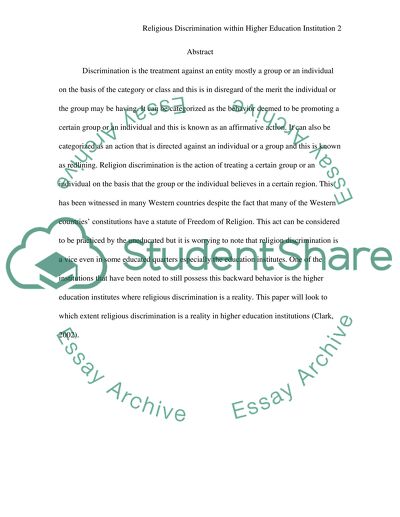Cite this document
(“Rreligious Discrimination Qualitative Research Case Study/Action Plan Study”, n.d.)
Retrieved from https://studentshare.org/miscellaneous/1554642-rreligious-discrimination-qualitative-research-case-studyaction-plan
Retrieved from https://studentshare.org/miscellaneous/1554642-rreligious-discrimination-qualitative-research-case-studyaction-plan
(Rreligious Discrimination Qualitative Research Case Study/Action Plan Study)
https://studentshare.org/miscellaneous/1554642-rreligious-discrimination-qualitative-research-case-studyaction-plan.
https://studentshare.org/miscellaneous/1554642-rreligious-discrimination-qualitative-research-case-studyaction-plan.
“Rreligious Discrimination Qualitative Research Case Study/Action Plan Study”, n.d. https://studentshare.org/miscellaneous/1554642-rreligious-discrimination-qualitative-research-case-studyaction-plan.


